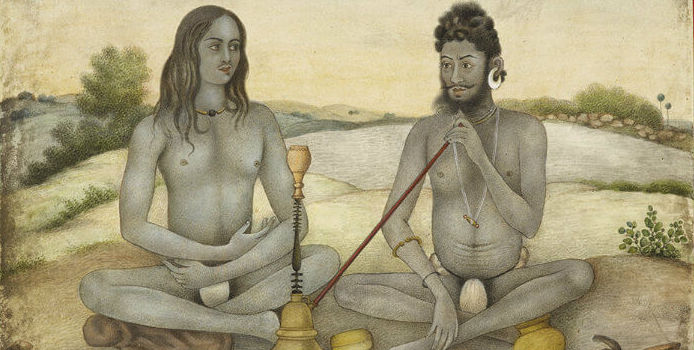What do you do when you feel bad? When someone rejects you or when you are angry or scared? Do you lose control or do you suppress and swallow the bad feeling? Do you become indifferent or do you just run away from the situation?
The unique wisdom of Tantra presents a number of simple and wise ways to harness that which is apparently “bad” for a good use, to channel the negative emotions in a positive direction without suppressing, covering them or pretending they’re something else. Negative emotions have a destructive power. Take rejection for instance – it can make us feel lonely and separated from the world. However, Tantrics and initiates use such experiences as opportunities to look inwardly beyond the apparent, discovering more of their inner being. Seeing the inner need for purity, which enables them to transcend their limits, freeing them from the suffocating grip which rejection has.
Rejection
If we become more deeply aware of what we actually experience when we have an attitude of rejecting something, we notice that what lies beyond the tendency is in fact a need to move away people or situations that we perceive as potentially hostile, harmful or unpleasant. This is not only the feeling which arises when we feel disgusted by some physical stimuli, but also when we encounter an ugly behaviour or immorality. Ultimately – and here is the big revelation that Tantra brings – this feeling originates in the desire to maintain the purity of our body, mind and soul.
Becoming conscious of this connection is important as it gives us insight into how we define purity. When the feeling of rejection arises within us, it does so on the foundation of the sense of inner purity. Simply put, if we were all a dirty and gross we wouldn’t mind living in a trash can. That which generates the feeling of rejection is nothing else but our own understanding and perception of what purity is. We can call this the model of purity which exists within.
Tracing the sense of rejection to its source will lead us to discover the purity model that exists in us, not as a thought or a hypothesis, but as a true inner reality. But this is just a first step. Tantra recommends that we continuously contemplate this inner reality of purity. Embracing our own aspiration for purity will gradually remove unclean thoughts, feelings, and desires, greatly facilitating spiritual growth.
Practicing meditation on the sense of rejection aims to empower this feeling until it moves beyond the initial object of rejection, going all the way beyond the limits of the ego. In other words, we allow the desire to reject something to become the desire to reject everything. In this way, the soul seeks to leave the world and return to the untouchable purity of the spirit. At this point, all earthly thoughts and desires seem completely unclean and are thrown out by a mighty thirst for an initial purity that is beyond the world, beyond thought. In this thirst, which can be likened to a desperate call to the Supreme, there is a power that may in that moment project our consciousness beyond the dualistic state, into a condition of complete transcendence, in which we can see the pure center of reality.
The life story of Naropa, one of the founding fathers of Tantric Buddhism, embodies the importance of the sense of rejection in spirituality in general, and Tantric Buddhism in particular. Naropa was a well-respected, high-class Orthodox Buddhist teacher with many students. He was very knowledgeable in Buddhist scriptures but lacked the direct understanding of the spiritual truth beyond words. He was full of formal spirituality and high standing. Realising this, he decided to transform.
Despite his students’ pleads, he left everything and went into the woods to find a true spiritual master. There, fate summoned him to a meeting with a teacher named Tilopa. Tilopa wanted to test the honesty of his new student and put him to tough tests. He asked him to jump from up high into a blazing fire, and then into leech-infested water.
Naropa’s sincere aspiration for the spiritual truth helped him succeed in all the painful and difficult tests, leading him to reach a state of enlightened. He went back to teaching and writing but this time from a totally different inner place. Even today he is still considered one of the pillars of Tibetan Tantra and Yoga.
You can read more about this wonderful story here.
By Uriel

